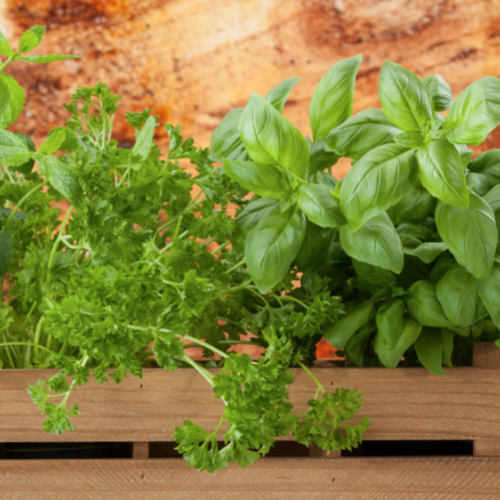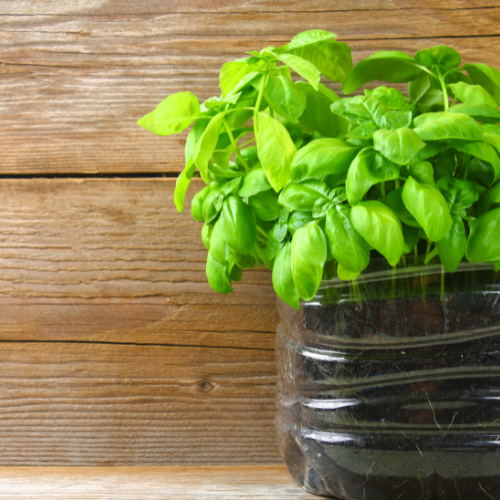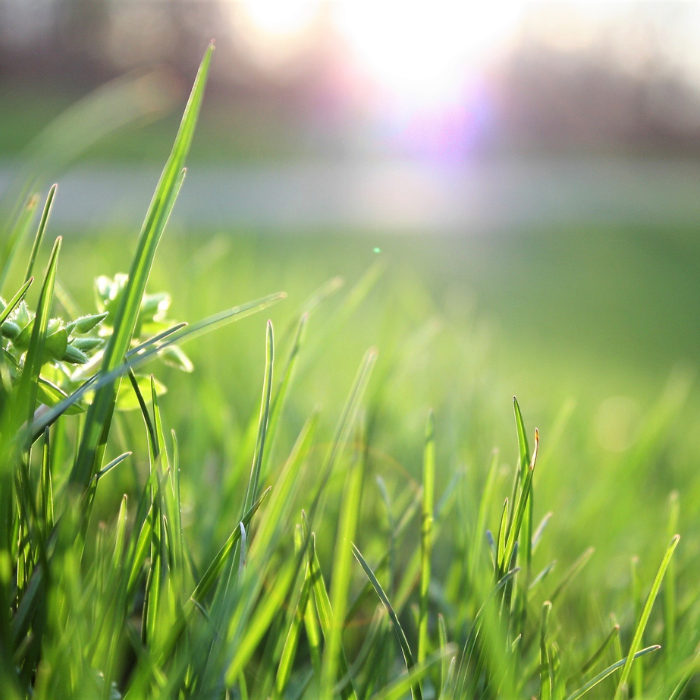Growing herbs can be a fun and delicious way to start your gardening experience. Herb gardens are fairly easy to start and maintain and are the perfect way to get started if you are not very green-fingered. You don’t need to have a vast amount of space or even be an expert gardener to grow your own herbs, a small starter kit like this is perfect for getting you started.
The great thing about herbs is they can be used in pretty much any dish throughout the week and having your own fresh herbs to use, is just a bonus.
Sometimes it may feel a little overwhelming with things to do and how to get started, so we have broken it down to the key steps you need to follow to grow your own.

How do you keep herbs alive indoors?
To keep herbs alive, they need soil that is full of nutrients, sunlight or artificial light, and of course water. Balancing water and light is the key to growing a healthy herb garden. If you want to skip all of the muss and fuss and just get to growing, try a hydroponic garden set-up that you can purchase and get started right away.
Don’t be intimidated! Growing herbs indoors is a much easier task than you might think. Especially with some of the done-for-you set-ups, you can buy at your local garden center, or even on Amazon, you’ll be an expert grower quickly.
Like with any new venture, it’s important to read about the herbs you’re growing. Do they need direct sunlight? Indirect sunlight? You can grow herbs indoors or outdoors, but many people prefer the ease of having them inside – usually on the window sill. Herbs grown outdoors do seem to be heartier and last longer, but I’ve never had any issues keeping herbs alive indoors.
Do herbs need full sun?
Some herbs need full sun (6-8 hours a day) and some need moderate sun (4-6 hours a day). You have to know what you are planting and how much sunlight to give it. Most herbs will do well as long as they get moderate sun each day. Rosemary and basil, as well as lavender, thrive in full sun. Be sure to check your growing zone if you’re growing outdoors.
Delicious herbs to start your full-sun garden include rosemary, thyme, lemongrass, mint, sage, marjoram, and oregano. These love full sun and will have your kitchen bursting with their fragrant aromas.
Can you grow herbs without soil?
Growing without soil, or hydroponically, is an easy way to grow a herb garden. Make sure your garden has enough natural sunlight or an LED grow light. Also, make sure to add water as needed. Herbs are very versatile and tend to thrive indoors or outdoors, with or without soil. If you are a beginning gardener, a herb garden is a perfect way to start your gardening experience.
Which herbs grow best indoors?
Besides the herbs listed above, basil, cilantro, and chervil are lovely indoor herbs. Basil and mint can be started from a cutting and will grow roots in a glass of water. Herbs like these are hearty and will make hearty starter plants for your garden. Be careful as mint can be aggressive and will take over a garden when planted outside. Mint does make an aromatic house plant, though! Make sure it has its own pot and plenty of sunlight and keep the solid moist. You will have a fragrant, beautiful addition to your home decor in no time.
Which herbs are easiest to grow?
Almost all herbs are fairly easy to grow. Ensure they have adequate sunlight, good drainage, and the proper amount of water and you will be enjoying your herbs in a flash. Be sure to always report your herbs. Your herbs will need more nutrients and room than the post they are purchased in.
If you are growing them from seeds transplanting them to a bigger container, this will also help them to become heartier and more bountiful. You will be surprised to see how big a well taken care of herb will become when given the room it needs to grow.

How much water do herb gardens need?
New gardeners are usually over-zealous about how much water to give their plants. With herbs that are planted in soil, you want to check the soil first before watering. You should stick your finger into the soil about an inch or so. If the soil is damp, then check back every few days. If the soil is dry, give your plant enough water to make the soil moist again – but not so wet it feels muddy. I recommend letting your herbs drain in the sink after watering them to remove any excess water.
You will know if you are over or under watering by looking at the leaves of your plants. If they are becoming dry, brown, and/or brittle, you need to water them a little more. If the leaves are yellowing or if you see mould in the pot, you are overwatering. If this happens, do not water your plant until the soil is dry to the touch.
If you overwater your herbs, move them to a shady area even if it is a full sun plant. Remove dead leaves, as these help breed disease. Create airspace around the roots. I poke a chopstick into the soil around the roots to get some air in there. Use a fungicide to remove any fungus that may be present.
Do not fertilize the plant until it is healthy again. These are rescue techniques that have worked for many others but the best advice I can give is to make sure you are watering your plants correctly from the beginning and make sure they have adequate drainage. It is much easier than trying to fix the problem after the fact.
Follow these easy steps and you will become a master grower in no time. Herbs are hearty and can add a beautiful touch to your decor. They are healthy and can be used in almost all of your dishes – and in some of your drinks!
A little mint leaf in your tea in the morning can help you start your day off on the right foot. A bay leaf or two on your baked pork chops to give them that extra flavour. You get all of this and the satisfaction of growing your own plants right in your window. No matter where you are growing your herbs, following these tips will have you enjoying your garden for years to come. Happy gardening!




